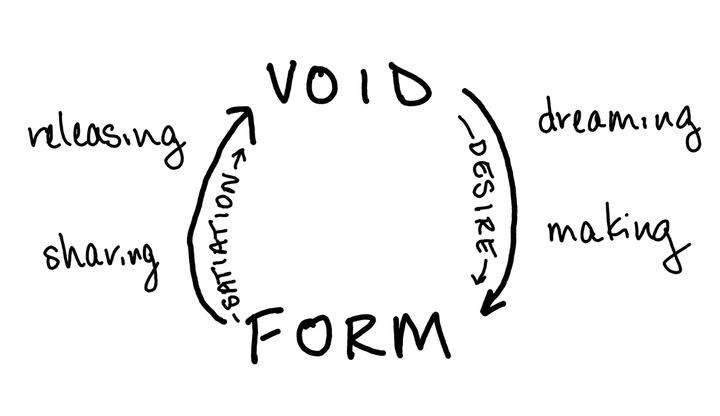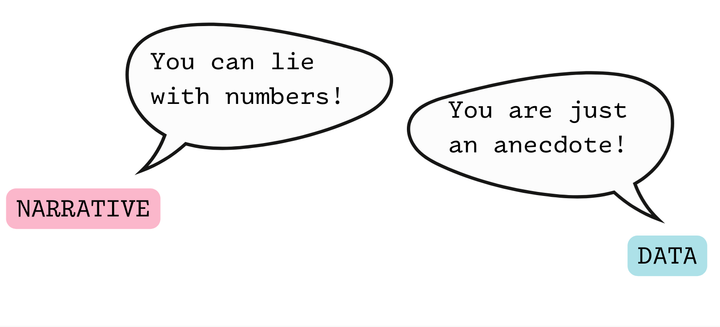Is my blue your blue?

Who knew an Ikea rug would spark such an existential crisis?
Ours is a color-block rug, with stripes loud enough for a child’s room, but sophisticated enough for the living room. (We should know — we’ve had the rug in both places. Right now, it’s in the living room.)
Recently, I learned that focusing on colors helps to calm our crying toddler.
“Red,” I said, pointing. “Green.” He stopped crying. He started pointing, trying to learn the names of the other colors.
Things got complicated with “blue”. “Blue” and “light blue” were clearly very different, but where was the line?
He then pointed to a pale pink. Should I round that down to white? After all, it had a similar saturation to a cream color, which I already said was “white.”
And what about the stripe that was clearly olive? Should I call it green?
(Having already said that cream was “white,” I felt it only fair to leave “olive” for another day.)
When a guest was over, our son identified part of a toy truck as “purple,” which the guest corrected to blue. The thing was, I thought it was purple! I didn’t say anything, though, because I’d never disagreed with an adult about a color before.
But apparently there’s plenty of space for adults to disagree!
Ismy.blue will tell you exactly where your perception of blue lands, relative to others. “For you, turquoise is blue,” it told me. (I thought everyone thought turquoise was blue!) The italicized you added emphasis to the idea that turquoise differs for each of us.
I’ve been learning about color theory. I finally learned about the differences between the red, blue, green color wheel and the cyan, magenta, yellow, black color wheel. I learned that there is no wavelength associated with magenta and our brains invent the color!
Even the concept of “rainbow” has gotten harder. There is, of course, the rainbow flag, which used to have more colors than it does today—two colors were removed due to challenges with mass production. But the rainbow flag doesn’t match the colors of the visible spectrum, and none of these match various “rainbow” children’s toys, which sometimes contain two or three shades of one color and omit another color entirely.
(I thought it might be fun to show my son the music video for They Might Be Giants’ “Roy G. Biv,” but alas, it had no trucks and therefore didn’t hold his interest.)
I hadn’t thought this much about colors, and I feel oddly unprepared to be the arbiter of “blue” and “light blue” and “purple.”
For me, turquoise is blue.
For you, it may be green.


